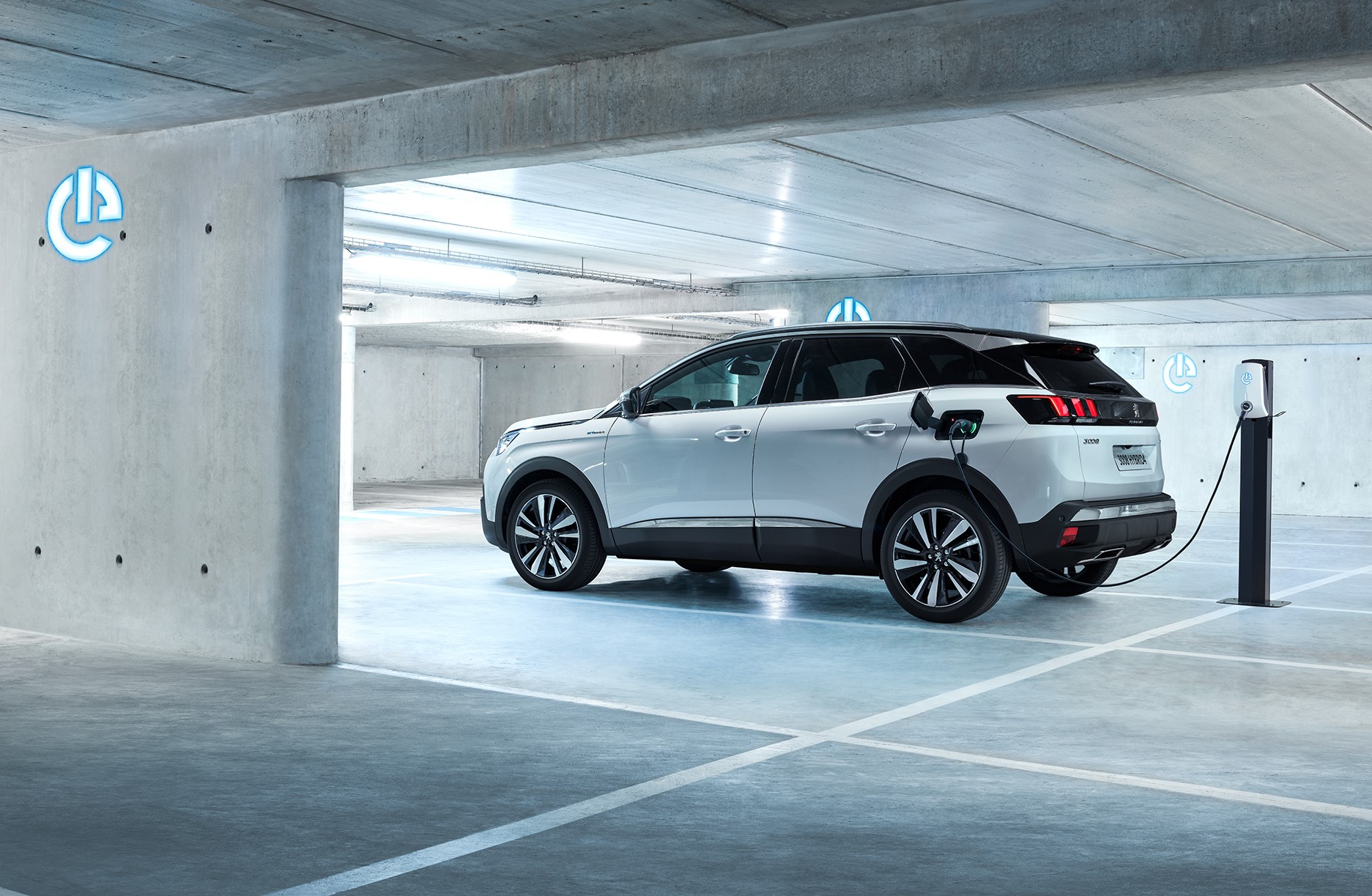Electric Mobility
Vehicles with alternative drivetrains are essential for sustainable mobility, which causes less and less greenhouse gas emissions. The International manufacturers are relying on the entire spectrum of low-emission technologies for this purpose. But electric mobility in particular will play a decisive role in reducing greenhouse gas emissions in the medium term.
What is an electric car?
Electric cars are defined in the German Electric Mobility Act. The law considers pure battery electric vehicles, plug-in hybrids and fuel cell vehicles. A pure battery electric vehicle is a motor vehicle that is powered exclusively by an electric motor and has an energy storage device (battery) that can be recharged from the outside. Plug-in hybrids are motor vehicles that have both an electric motor and a combustion engine and also have an externally rechargeable battery. Fuel cell vehicles are also electric vehicles according to the definition of the law. However, they differ significantly from battery electric cars and plug-in hybrids because as energy carriers they do not charge electricity but refuel with hydrogen.
Battery electric cars (BEV)
Battery electric vehicles (BEV) are already available in a wide variety for customers in Germany today – also thanks to the wide range of products offered by international manufacturers. The VDIK member companies offer numerous pure-battery electric models. In 2021, they were able to sell over 120,000 BEVs, a share of 35 percent. The best-selling BEV in Germany in 2020 also came from an international manufacturer.

Lithium-ion battery
Modern electric vehicles generally draw their energy from lithium-ion batteries. Compared to nickel-metal hydride batteries, these batteries provide a longer range and a longer service life. In addition, they weigh significantly less than previous battery generations. Another advantage of lithium-ion batteries is that they have virtually no memory effect. After repeated incomplete charging processes, this phenomenon leads to a gradual reduction in charging capacity. This means that lithium-ion batteries retain a high charge capacity throughout their planned life cycle.
Another important advantage of the electric drive is its particularly high energy efficiency of up to 90 percent. An average modern passenger car internal combustion engine achieves efficiencies of around 30 percent. Moreover, purely electric vehicles do not require a gearbox – due to the constantly high torque. This saves weight, costs and installation space.
Plug-in hybrids (PHEV)
Plug-in hybrids (PHEV) combine a combustion engine and electric drive and thus combine the strengths of both drives. A combustion engine is on board for long-distance journeys. Shorter distances can be covered emission-free with the help of an electric motor. The electric motor receives its energy from a battery that can be charged via a plug. As a rule, PHEV uses significantly smaller batteries than BEV. At present, for example, ranges of around 50 kilometers are common. Future plug-in hybrids will have significantly higher electrical ranges.
In addition to BEV, plug-in hybrids are an integral part of the drive strategy for many manufacturers. The vehicles already enable electric and thus locally emission-free driving in the city. At the same time, they are attractive for customers because the combustion engine, which is also available, means that there is no need to be afraid of range. The international manufacturers are strong at PHEV. With over 102,000 registrations in 2021, they have a market share of 36 per cent.
Promoting electric mobility
Electric mobility is a key technology for achieving the ambitious climate targets in transport. The rapid development of electric mobility in Germany is also of crucial importance from a pan-European perspective. So far, however, the momentum has not been sufficient. Electric vehicles should therefore be promoted further or even more intensively as part of an overall concept.

The VDIK proposes numerous measures for this purpose:

